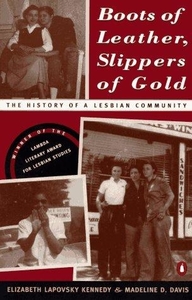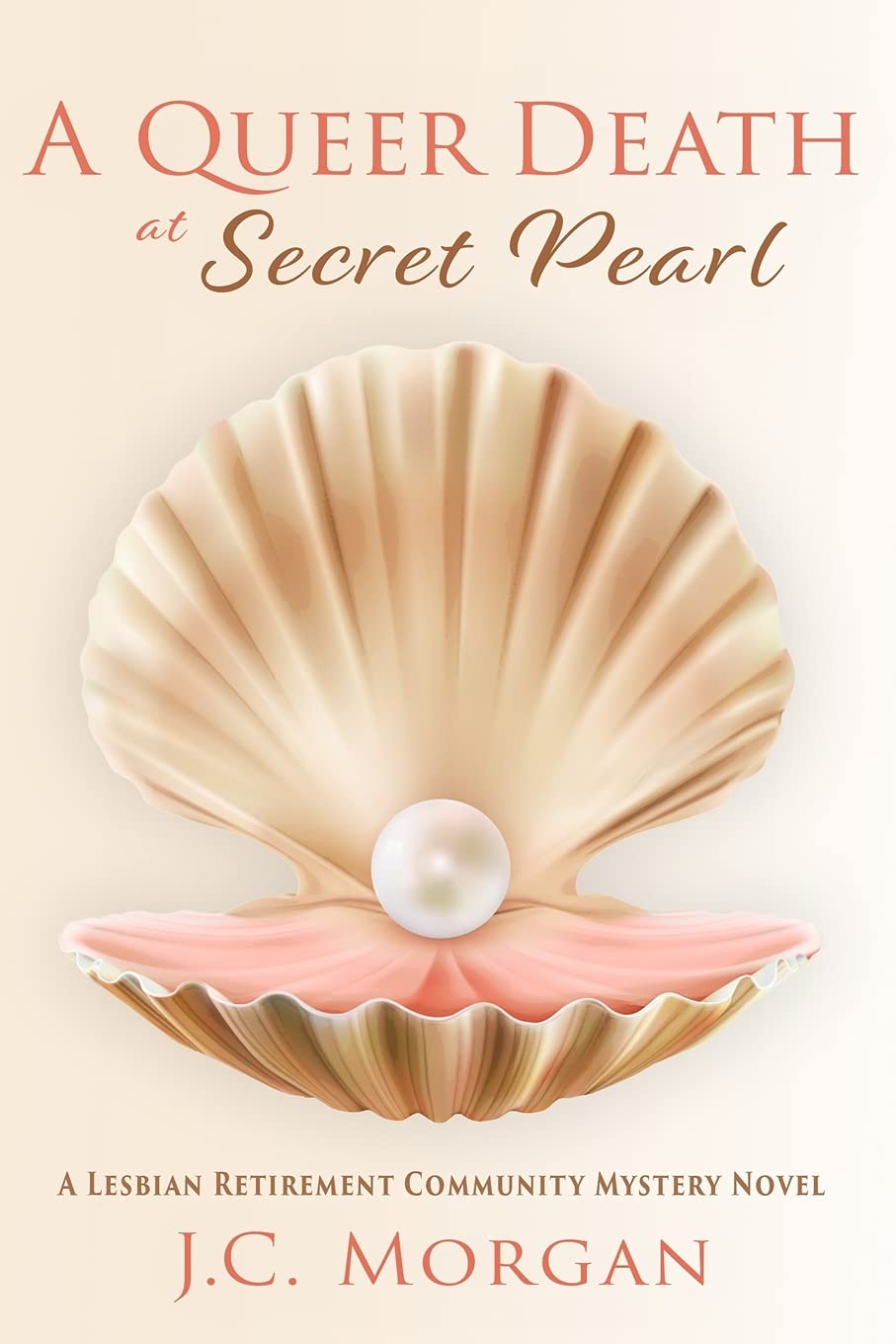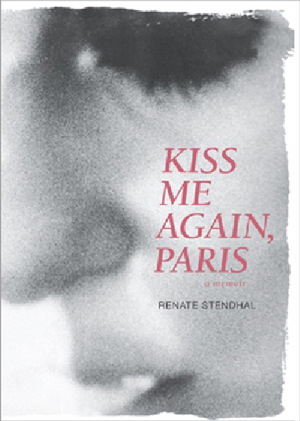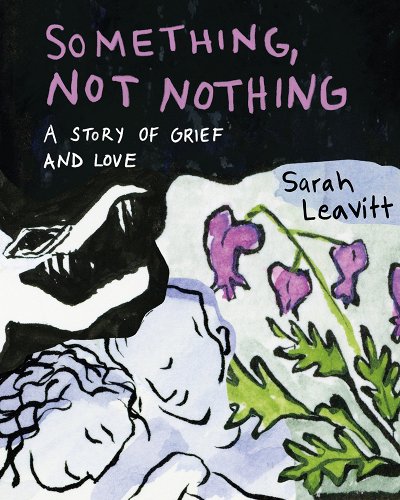October is LGBT History Month in the US and Canada, so I thought I’d switch it up from romances and review some nonfiction. Boots of Leather, Slippers of Gold: The History of a Lesbian Community by Elizabeth Lapovsky Kennedy and Madeline D. Davis dives deep into the lesbian community of Buffalo, NY from the 30s to the 50s. Through hundreds of personal interviews with 45 women, Kennedy and Davis create an oral history of the community, covering such topics as the locations they frequented, class divisions, racism, butch/femme dynamics, sexuality, and dress, among other topics. Not only is it a book focusing solely on women, it is full of absolutely amazing personal anecdotes and quotes from all of their interviews. It is a phenomenally rewarding read that I whole-heartedly recommend.
This is an academic work, stretching over 13 years of research and interviews, and the care and attention to detail show. Kennedy and Davis meticulously document many aspects of the Buffalo community, how they related to the greater Buffalo community, and how the community changed over time. I really appreciated that the authors clearly laid out how they defined and were framing each topic and how it relates to other topics. It is an academic piece, but the writing is clear and easy to follow. Each theme is treated as a separate topic but also as simply one aspect of a whole community. I learned so much reading this – it rewarded slow reading so I could think about each topic, but it also would be easy to skim for topics of interests.
Even if you are not interested in a thorough analysis of the history of Buffalo’s lesbian community, this book is worth it for the personal anecdotes and firsthand accounts that pepper the book. The authors conducted hundreds of interviews with dozens of people who participated in the community. It’s jam-packed with personal stories, quotes, and details that are often left out of books. One page might recount the narrator’s experience in buying butch clothes, while another might describe how my new role model Sandy would fight back when men would harass her in bars, and then when the men pressed assault charges on her, would dress in borrowed femme clothes for court and get the charges thrown out by the judges, who didn’t believe that a woman could beat up a man that badly. It brings readers directly into the community, in the words of the women who participated in it. It’s not just an impersonal listing of facts, it’s a detailed portrait of real people.
In conclusion: if you are at all interested in lesbian history, this book is a must to track down. Not only did I learn a ton about queer history of this era, I spent so much time excitedly texting my friends about the interviews. I was delighted not only to learn about a broader time period, but also the little details that make it easier to connect to the past. The line between making the stories personal and archiving the history of the community in detail is fine, but this book walks it with confidence. I’m still resisting the urge to just mail it to my friends and demanding they read it.




Scrum_Jet says
This sounds great. I love personal accounts of lgbtq+ lives.